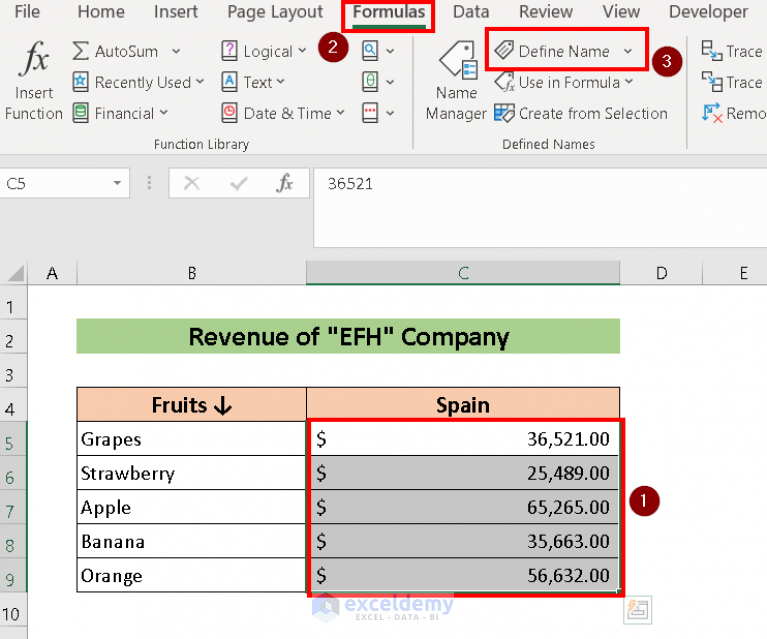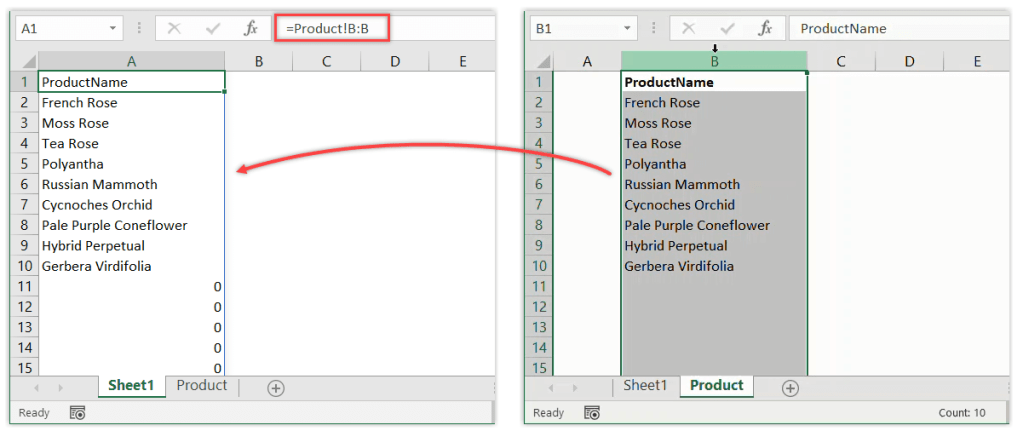5 Ways to Link Sheets in Excel Efficiently

Working with Microsoft Excel often involves managing large amounts of data spread across multiple sheets within a workbook. Efficiently linking these sheets can streamline your workflow, reduce errors, and save considerable time. Here are five effective methods to link sheets in Excel that can transform your data management experience.
1. Using Cell References


The simplest way to link data between sheets is through cell references. This method involves using formulas to reference cells from one sheet in another.
- Select the cell: Where you want the linked data to appear.
- Enter the formula: Like
=Sheet1!A1, which would reference cell A1 from “Sheet1”. - Copy and Paste: You can replicate this formula across other cells to reference multiple data points from the same sheet.
This approach is particularly useful for static links where the data does not frequently change.
💡 Note: Ensure the source sheet’s name is correctly spelled in the formula. Any typo will result in a #REF! error.
2. Using Named Ranges

Named Ranges can make your formulas more readable and manage dynamic links effectively:
- Define Named Range: Go to Formulas > Name Manager to define a range. For example, naming a range “SalesData” can represent the data on “Sheet1” from A1 to A10.
- Use in Formulas: Now, you can use this named range in other sheets like
=SUM(SalesData), making your workbooks more organized.
This method is excellent for maintaining clarity when you need to reference the same range of cells across multiple sheets or workbooks.
3. 3D References

3D references allow you to sum or average the same cell across multiple sheets:
- Sum Across Sheets: For summing cell A1 from Sheet1 to Sheet3, you would use
=SUM(Sheet1:Sheet3!A1). - Organize: This can be particularly useful for summarizing monthly data spread across different sheets.
| Reference Type | Formula |
|---|---|
| 2D (Single Sheet) | =Sheet1!A1 |
| 3D (Multiple Sheets) | =SUM(Sheet1:Sheet3!A1) |

4. Hyperlinks

Hyperlinks can be used not only to navigate but also to link data between sheets:
- Create a Hyperlink: Right-click on a cell, choose “Hyperlink,” and then select “Place in This Document.”
- Specify the Sheet: Choose the sheet and cell you wish to link.
- Click the Hyperlink: Users can now navigate directly to linked information.
🔍 Note: Hyperlinks are not ideal for pulling data but are great for navigation and providing quick access to related sheets.
5. Using Excel Power Query


For a more advanced data linking approach, Excel’s Power Query can be used to merge and consolidate data from multiple sheets or files:
- Access Power Query: Go to the Data tab, then select “Get Data” and choose “From File,” “From Folder,” etc.
- Combine Sheets: Use the “Append Queries” option to bring together data from different sheets into one.
- Transform Data: Use the Query Editor to manipulate the data as needed before loading it into your workbook.
This method provides robust data manipulation capabilities, allowing for a dynamic and scalable approach to data integration.
Linking sheets in Excel efficiently is pivotal for anyone dealing with extensive datasets. Whether you are a business analyst, a researcher, or just an avid Excel user, understanding these techniques will enhance your productivity. Each method offers unique benefits tailored to different scenarios, allowing you to choose or combine methods based on your specific needs, thereby optimizing your work and data management processes. Remember, mastering these methods not only makes your workflow smoother but also reduces the likelihood of errors, ensuring your data is always up to date and interconnected as required.
What is the difference between cell references and named ranges for linking sheets?

+
Cell references are direct links to specific cells, whereas named ranges give these cell ranges a recognizable name, making formulas easier to read and manage, especially across multiple sheets.
Can I use hyperlinks to pull data between sheets?

+
No, hyperlinks are used for navigation within the workbook. For data retrieval, you should use cell references, named ranges, or Power Query.
Is Power Query only for advanced users?

+
While Power Query has advanced features, it can be utilized by users of all levels to consolidate and transform data, making it a powerful tool for anyone working with large datasets.
Why use 3D references?

+
3D references are useful for summarizing data across multiple sheets, especially when dealing with time-series data or similar sheets with consistent layouts.